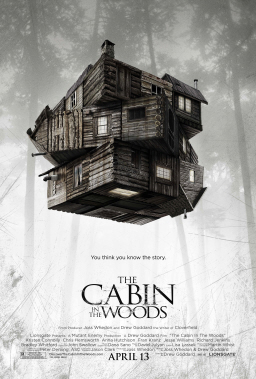Black Gate Goes to the Summer Movies: Men in Black 3
 Before getting into Men in Black Part the Third, I must retract a promise made in an earlier post, where I vowed to review eighteen of this summer’s genre movie releases. But the blame rests with Paramount, not with me. In a move that can best be described as a vote of “less-than-zero confidence” in their own product, Paramount has delayed the release of G.I. Joe: Retaliation from next month to March 2013. With only a month to go before its originally slated release, and with a promotional campaign already going full throttle, G.I. Joe just got banned from the summer leagues. The excuse: “3D conversion.” Uh huh. I can’t imagine how terrible the film must actually be if Paramount chose to ditch it this late and swallow a few million bucks of promotion. I estimated that The Amazing Spider-Man would viciously pound G.I. Joe in its second frame, and Paramount apparently decided that G.I. Joe’s first frame would be so poor that they didn’t want to go through the embarrassment. I wonder how much Hasbro’s Battleship flop affected Paramount’s decision to drop the toy company’s other movie of the summer?
Before getting into Men in Black Part the Third, I must retract a promise made in an earlier post, where I vowed to review eighteen of this summer’s genre movie releases. But the blame rests with Paramount, not with me. In a move that can best be described as a vote of “less-than-zero confidence” in their own product, Paramount has delayed the release of G.I. Joe: Retaliation from next month to March 2013. With only a month to go before its originally slated release, and with a promotional campaign already going full throttle, G.I. Joe just got banned from the summer leagues. The excuse: “3D conversion.” Uh huh. I can’t imagine how terrible the film must actually be if Paramount chose to ditch it this late and swallow a few million bucks of promotion. I estimated that The Amazing Spider-Man would viciously pound G.I. Joe in its second frame, and Paramount apparently decided that G.I. Joe’s first frame would be so poor that they didn’t want to go through the embarrassment. I wonder how much Hasbro’s Battleship flop affected Paramount’s decision to drop the toy company’s other movie of the summer?
Anyway, Men in Black 3, a.k.a. MIIIB, pronounced “Mieb” and known on Arrakis as “Mi’i’d.” The film that, whatever else it may achieve, has the distinction of taking down The Avengers from the #1 box-office slot after reigning for three weeks.
The original Men in Black was a minor miracle in the summer of 1997. (Keep in mind, this was the same summer as Batman and Robin; we were desperate.) It was compact, clever, breezy, and crackled with the chemistry between Tommy Lee Jones and Will Smith at the height of his comic powers. It also looked like ideal sequel material, but when Men in Black II arrived and stunk in 2002, the first film began to look like a perfect one-off: nothing more was needed.
Men in Black 3 is a large improvement over Men in Black II, and even though it runs more than fifteen minutes longer — the longest of the three films — the second sequel moves faster and gets back some of the click of the ’97 movie. However, the first Men in Black still seems like a one-off. Men in Black 3 is a bland film at worst, and somewhat enjoyable at its select best.
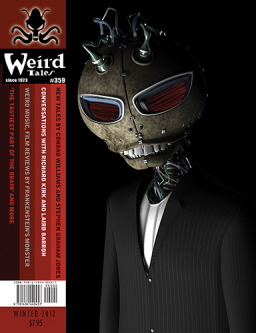
 Triptych
Triptych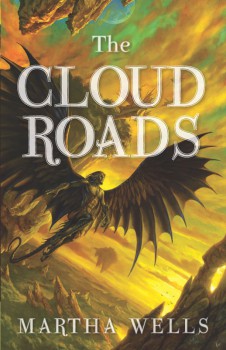 The Cloud Roads
The Cloud Roads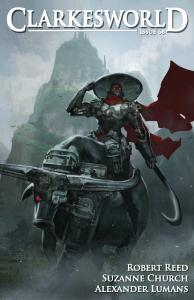 The May issue of Clarkesworld is currently
The May issue of Clarkesworld is currently  ramblings. While I tend to think all this stuff really is the result of a bad acid trip, Critchley as a professor of philosophy for the most part keeps a straight face. Some of you may laugh out loud not only at the source material, but the attempt at exegesis.
ramblings. While I tend to think all this stuff really is the result of a bad acid trip, Critchley as a professor of philosophy for the most part keeps a straight face. Some of you may laugh out loud not only at the source material, but the attempt at exegesis.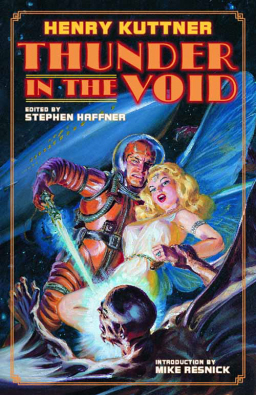
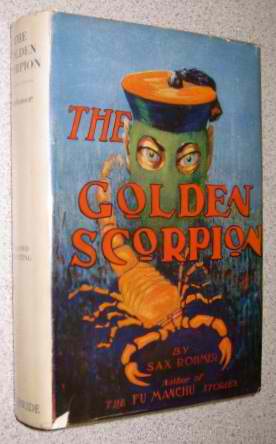
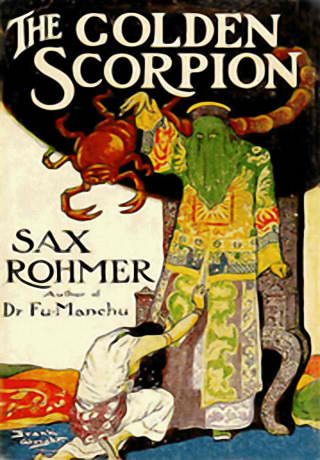
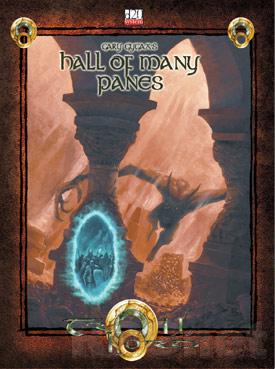
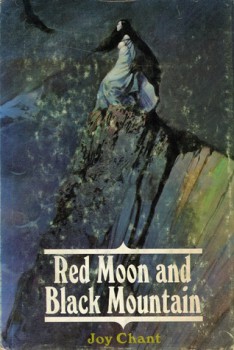 Red Moon and Black Mountain
Red Moon and Black Mountain